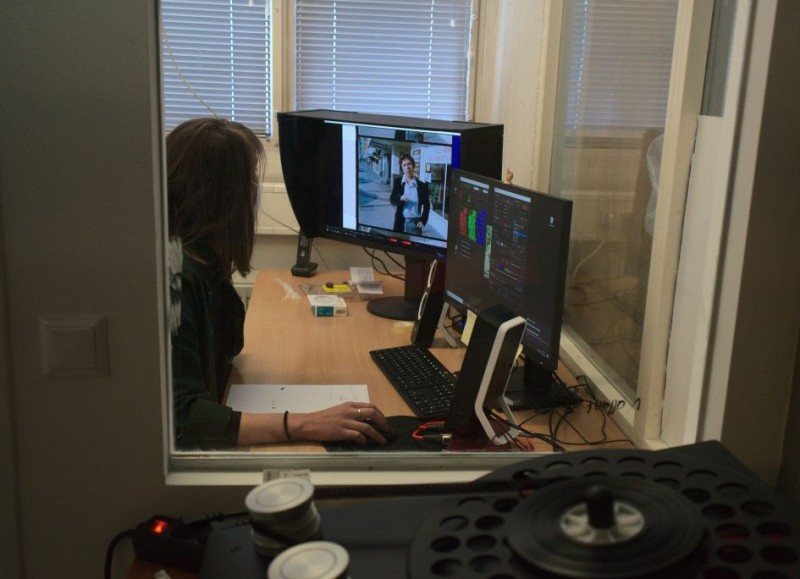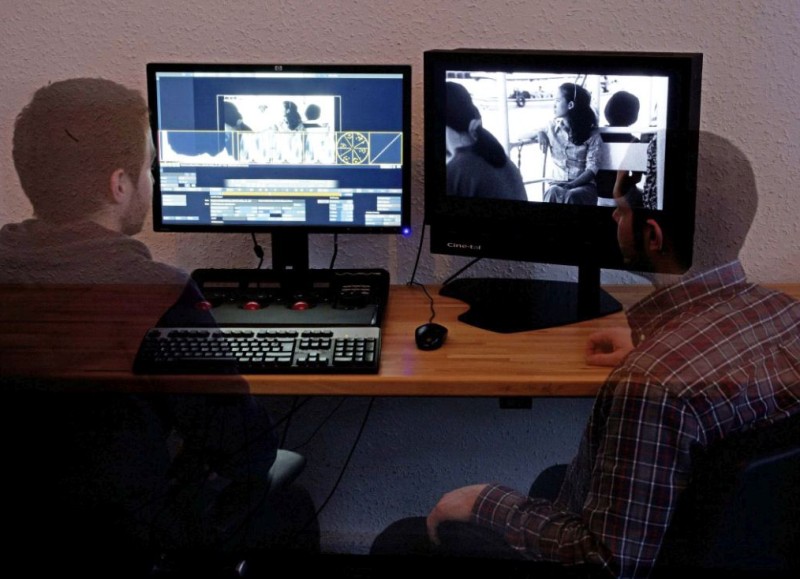Film preservation is one of the core tasks of film museums and archives. In order for films to remain accessible for future generations, they have to be preserved. Within the Austrian Film Museum, preservation happens in different steps and on different levels. At one hand, the film elements are kept safe in temperature and humidity-controlled film vaults. This so-called passive form of preservation assures stability for film material and prevents or slows down material deterioration, mechanical damage, color fading, and biological threats such as mold infestation. At the other hand, the Film Museum takes active measures to safeguard and give access to its collections. This happens through digitization, restoration, and analogue duplication. For the complex technical realization of its projects, the Film Museum cooperates with a large network of archival partners and specialized service providers in Austria and abroad.
Film Preservation
Since 2008, the Film Museum has been using digital restoration techniques in addition to traditional photochemical reproduction methods. With ongoing funding from the Arts and Culture Division of the Austrian Federal Chancellery plus initial set-up grants from the state of Lower Austria, ecoplus and the European Regional Development Fund (ERDF), the Film Museum can operate its own facility with full digital restoration capabilities. A restoration project usually includes the scanning of the best possible element to be used as source element and the subsequent image processing including stabilization, restoration and color correction. In a final step, the original as well as the restored scans are preserved digitally on LTO tape and digital screening elements are created for public presentation. Within the Digital Film Restoration Policy a set of guidelines is described that can serve as a reference to others in their own work in this area. Taking digital film restoration into their own hands in this way allows the Film Museum a level of control and care over the projects that would not otherwise be possible. Next to carrying out its own restoration projects, the Film Museum cooperates with other archives and rights holders by loaning films from its collection for external preservation projects.
The Film Museum's staff participates actively in the ongoing international discussion surrounding the ethical and practical principles of film preservation.
Featuring 17 essays by a number of leading international experts, the English-language book publication Work/s in Progress (2013) engages with both the theoretical principles and practical implementations of digital technology within the fields of audiovisual archiving and film restoration.
A year-by-year list of films restored, duplicated and digitized by the Film Museum since 2002 is included here on the website with links to further information, videos and short essays where applicable.

